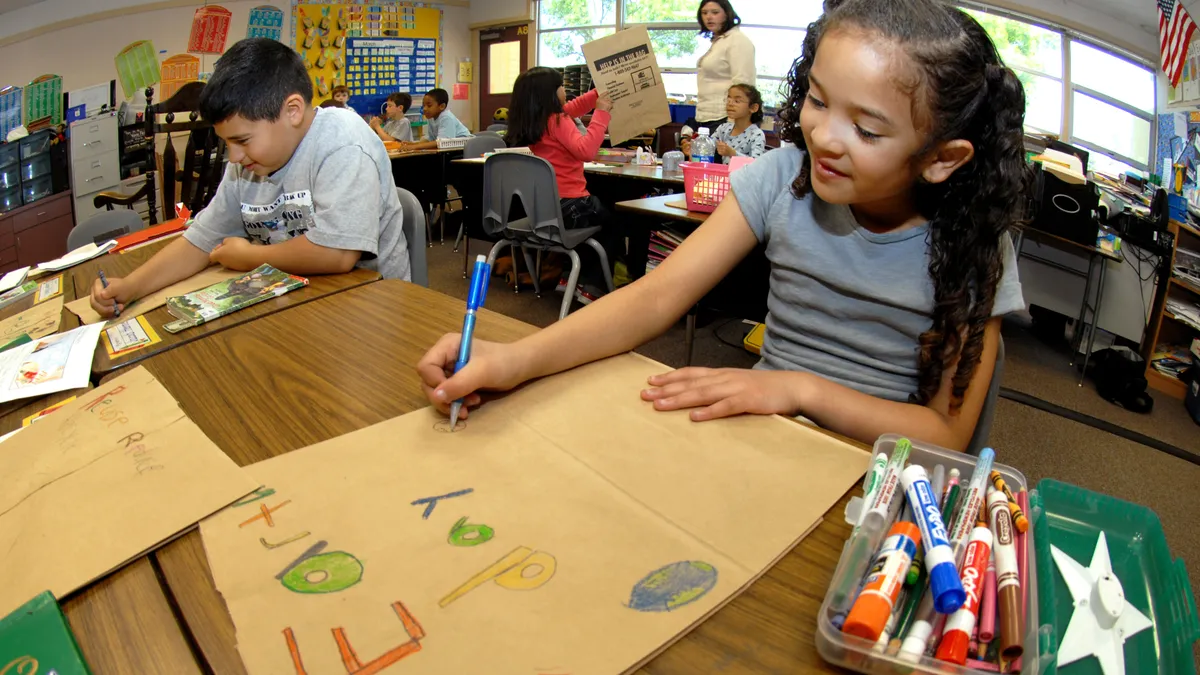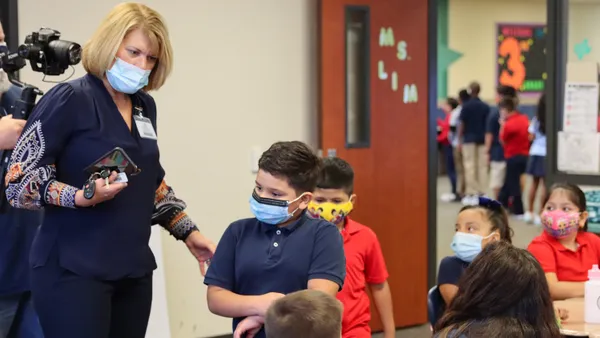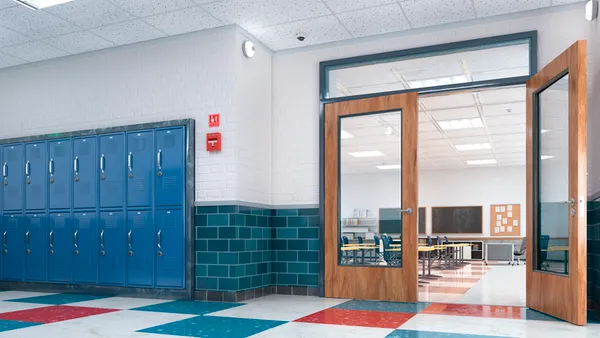Dive Brief:
- Chicago Public Schools announced it will invest $24 million of its federal COVID-19 relief funds over the course of three years to increase its number of behavioral support teams from 200 schools to around 500, Chalkbeat reports. The initiative will aim to embed in-school teams of counselors, case managers and social workers to provide a trauma-informed approach to student support and discipline.
- The funds will provide training for current employees, rather than hiring for new staff, though it may look different in every school considering the differing needs of student populations. Under the program, rather than having students wait to see counselors who may not be immediately available, discipline deans and community partners could provide help for students.
- The program is modeled after former Fenger High School principal Liz Dozier’s "care teams," an initiative of her organization Chicago Beyond, which invests in community programs that support young people.
Dive Insight:
Though students struggled prior to the pandemic, school closures triggered a sense of urgency to provide more social-emotional supports. Black and Latino communities were hit particularly hard by the COVID-19 crisis, creating additional anxiety, economic uncertainty and grief for students of color.
Mental health and social-emotional supports are critical for school districts serving low-income and minority students. While surveys show youth from all races are feeling high levels of anxiety and depression, some students of color may be more likely to be affected. An America’s Promise Alliance report, "The State of Young People During COVID-19," found 44% of Asian and 40% of Hispanic youth reported poorer emotional and cognitive health since the pandemic began, compared to 30% of White youth and 31% of Black youth.
Social isolation due to pandemics can also cause spikes in suicide rates, as was the case after the 1918 influenza pandemic. Teens in particular may suffer more mental health issues due to boredom, frustration, anger, isolation from friends and uncertainty about the future.
Early in the 2020-21 school year, principals reported the mental health needs of students and staff were among their greatest COVID-19 concerns. And while leaders and teachers are trying accommodate all students, they are especially concerned about the most vulnerable.
It’s not easy to detect mental health issues through distance learning environments, but the classic symptoms remain the same: decreased participation in class, poor attendance, frequently reporting illness, incomplete assignments, negative interactions with parents on camera and zoning out during class. Short-term memory loss is another symptom of stress. Teachers and others can work to identify these issues and align appropriate supports during routine check-ins with students.














